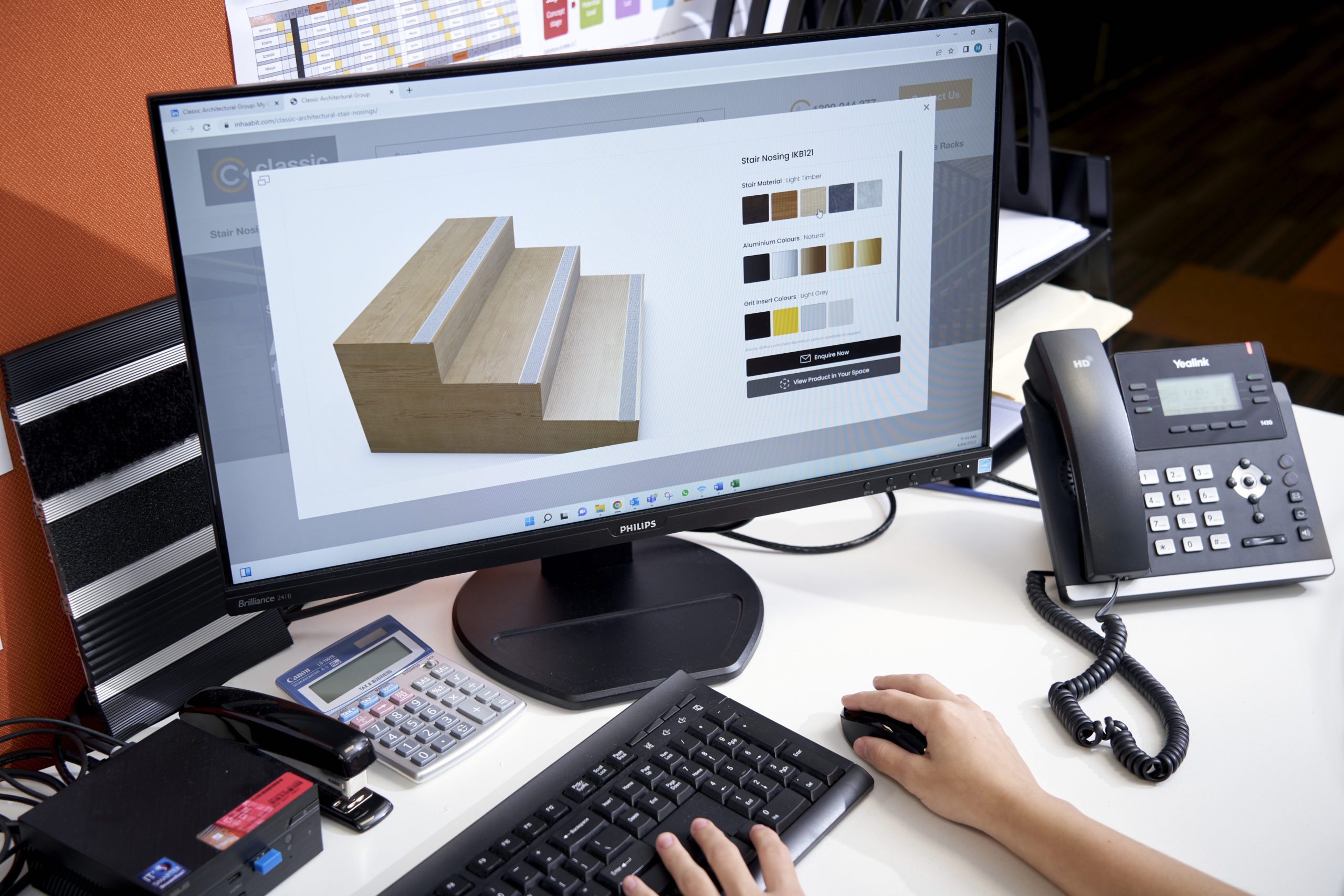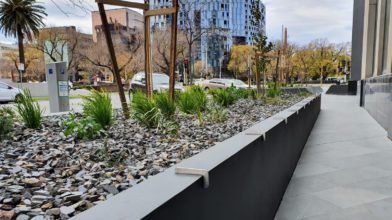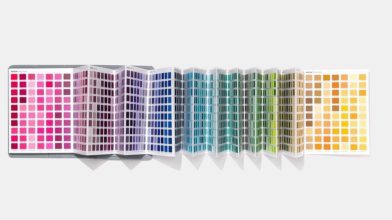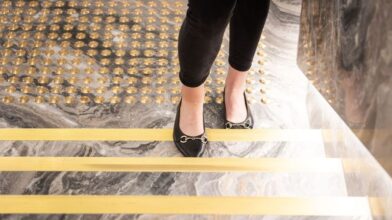A trend is a change or development towards something new or different. In the ever-changing world we live in, where information is just a click away, opinions are influenced fast and trends change faster.
However, there are some things that are not affected by the passage of time or changes in fashion. They are timeless.
If you describe something as timeless, you mean that it is so good or beautiful that it cannot be affected by changes in society or fashion.
Like me, if you are in the line of business that involves working with professionals from the Architecture, Engineering & Construction (AEC) industry, in this highly dynamic environment, you are always keen on finding and leveraging the timeless trends that meet your designers’ and customers’ wishes. To accomplish this, I suggest you consider three things:
- Always listen to your customers
- Get inspiration from Nature – you will seldom regret it
- Use data to identify classic, long-lasting trends which compensate for seasonal fluctuations or changes in direction
Let me explain these further….
Your Customer is always right.
When it comes to knowing what they want, the customers are always right. They might not be able to express it to you in the clearest possible manner but that is the challenge that you need to tackle as the provider of a delightful experience to your customer. The need could be obvious or latent. Asking a lot of questions is the way to go. It seems like a simple exercise, what could possibly go wrong? Well, a lot. The main one being the difference between hearing and listening.
Complacency is the biggest deterrent of success.
Some of the worst things that you, as a product supplier, could think is….
- I know the market very well – Most suppliers make the pitch that they understand their market inside out. They make the pitch so often to their customers, that they start believing it a bit more than they should. Like any other knowledge gaining exercise, understanding the market and customer is an ongoing endeavour, the moment you think you know everything is when you lose the plot.
- Customers seldom think practically, they are more driven by limited set of information. True that customers are usually not entirely driven by the technical and practical aspects of a supplied service or product and they are also looking more at the softer aspects such as look and feel. But to discount these is a perilous act. The customer is usually buying numerous different items and to be concerned with all aspects of the one item that you are supplying is well – impractical. As a supplier, it is your job to do that and the customer, by engaging with you, is trusting you to do that. So, while we as a product/service provider think of all the aspects of our offering, we need to also consider and appreciate what the customer has asked for and keep their perspective in mind.
- Depending solely on your gut feel. With experience we gain enough knowledge and understanding to make decisions on the go based on intuition, but to ignore collection and analysis of information to make an informed decision is inviting trouble.
Collection of information from the customer is good, but not taking it seriously for one of the reasons mentioned above could be catastrophically harmful for the business.
Keeping a close ear to the ground and understanding how (and why) the customer demands are changing is critical to the success of any product and your business.
Nature has you Covered
While understanding the customer needs is the essential first step, catering to their demand is not always possible. Thinking of a new aspect for your product every time your customer has a change of heart is impossible. So, the best option is to go with a version of the feature that has the highest probability of acceptance. One advice is to turn to Nature for inspiration.
I work with Classic Architectural Group – an organisation that focuses on creating a safe and accessible environment for everyone in Australia, New Zealand and USA. Daily, I work closely with at least 10-15 different construction companies and contractors working on construction projects – both large and small. While the spaces they build need to be safe and should serve the intended purpose for the occupants, the look and feel is such an important aspect of these projects. However, catering to all the specific colour and style preferences of the occupants is impractical. So, at Classic, we try to find a middle ground – bank on trends that have long shelf lives and will satisfy the customers time and time again.
When I walk the streets of the fastest growing, if not the smartest yet, cities in the world, I’ve found it impossible to miss seeing how natural materials give places, be they hospitals, hotels, schools or cinemas, a classy and vintage style.
Generations have come and gone but fascination with these natural metallic elements and their colours remain. Their timeless qualities continue to inspire architects and designers to use them in different ways in their building projects.
Nature always provides innumerable inspirations to us all and this has inspired us at Classic to come up with our new timeless collection of stair nosing products that are based on the colours of natural earthy elements such as saffron, chocolate, amber and olive.
As expected, these are colours which are being accepted by our customers readily for their projects.
Earthy colours and shades for substance
Research studies have revealed that close to 85% of consumers place colour as a major element in the look of a product.
Choosing the colours for your product is surprisingly as critical as deciding on the other functional features in the construction industry. While choosing colours and shades, those that depict the colour of rich metals or earth elements tend to enhance interior décor and nurture acceptance from designers as well as the end users of environment. They will also be less susceptible to be at the mercies of seasonal, as well as annual changes in trends.
Over the years, I’ve found that choosing earthy colours is largely risk-free by being almost constantly in fashion. Also, while natural colours are highly likely to meet your requirements timing the right shade is also critical and needs careful research of your user segments.
A positive experience of trend data research
As an example, over the last three months, our team at Classic conducted multiple interviews with its customers, including architects, builders, facility managers and contracting partners to identify the need for its products in specific colours and shades.
The data collected in addition to secondary research has helped us identify key substance criteria. This result pointed to:
3 Key Colours: Yellow, Green and Brown
and
4 Key Shades: Saffron, Amber Gold, Olive and Chocolate
New profiles were developed based on their shade resemblance to these products and elements that we see around us.
These new profiles were recently launched into the market and have been received very well presumably because of their combination of style and substance.
We found that a data-orientated approach to analysing trend cycles, including seasonal readjustments, is one worth taking.
The importance of data-based trend selection to meet style & substance requirements
Over the years, I have learnt to depend on my gut feel and memory to make business decisions but as the world has become dynamic and with access to multiple channels of communication and information, I feel that not using a healthy mix of data, communication and experience is not a choice anymore – it’s vital.
My formula for success – work hard, learn fast, use data, listen to your stakeholders without prejudice and look to mother nature for inspiration.





